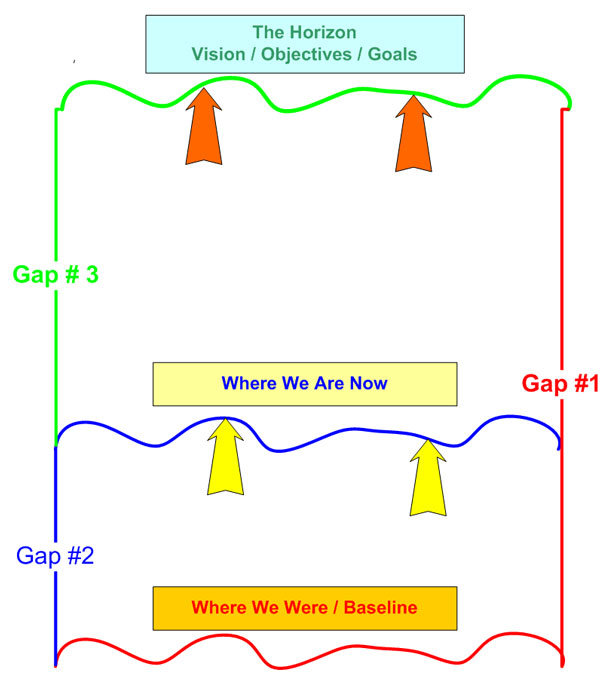This is the time of year when we’ve already reviewed this year’s performance or are preparing to do so.
We do this because it’s always valuable to see how well we have performed and prepare for the next year’s objectives—and, sometimes that review is done to justify what you may be due for bonus considerations.
But how do we build upon past success or use that foundation to prepare for the next steps?
At my last corporate career stop, I was told I would have a bonus consideration of up to 25% of my base pay. When I asked what the performance criteria were, I didn’t get a clear answer.
The reality was that if the company was profitable, you were on the bonus list and if still employed, you qualified. The old, “can you fog a mirror?” test.
When we got a new CEO, he asked me to develop a goal setting system to align executive performance and reward people based on that. It was rolled out at the beginning of the year and each participant submitted goals that were reviewed in some depth.
Guess what happened?
Come November, I got lots of calls from participants asking for copies of their goals so they could prepare for the end of the year review. Rather than providing direction, they sat on a shelf.
It took a few years for the CEO to use this generous system to enhance performance and align the organization.
Please don’t misinterpret; I firmly believe in the positive power of motivating people based upon their performance for goals that push performance to new and different levels…
But one key problem is that when people engage in reviewing their goals, they can often fall into a few traps that make this process potentially counterproductive.
Goal Setting GAPS
Dan Sullivan leads The Strategic Coach organization and I was a client of theirs several years ago. One key concept I learned from that experience was to recognize the various GAPS that are a part of any goal setting and review process.
Here’s how Dan Sullivan represented it (adapted from Learning How to Avoid the Gap):

- GAP #1: The distance between where we were (or are) and a future state that is usually a significant leap forward. This is where the idea of Stretch Goals comes from, where you are really trying to push the edge of the envelope. In this graphic, it’s also referred to as a HORIZON – like where you see the sun rise or set.
- GAP #2: This is the distance between where you were and where you are now, at the time you are reviewing your goal attainment – either on an annual or quarterly basis. This is very helpful in any group or team to ensure progress is being made on the right things and that efforts are aligned within the team with the broader organization.
- GAP #3: This is the distance from your current level of performance to that horizon or stretch level of performance. That definition will need to be reviewed as circumstances develop, competitively and based upon the changing needs of your business.
Reviewing Your Performance
Based on this model, here are 3 suggestions for reviewing your performance that I suggest you consider:
- Avoid the GAP #1 perspective! If you set this as your real expectation, you are setting yourself up for failure. Why? Can you ever travel far enough to actually reach a horizon? No! It’s a concept that keeps moving as you move with it. It’s like dangling a carrot out there too far. It’s great to have goals that push and stretch you, but keep things realistic. You have to make the vision a reality you can realistically pursue, in stages.
- Be brutally honest about what you have accomplished (or not). If you always blow through your goals, some might think you have “sandbagged” the goal process. That means you set targets you knew were easily attainable based on information you had that others may not have. This is why regular conversations about goal progress during the year are so critical.
- Do a “postmortem” or “lessons learned” on your year. Get your team together and talk about all the positive things that have happened and any disappointments you may share. Usually “prouds” exceed the “sorries” but ensuring this level of honest reflection is part of your leadership practice sets a great example for everyone.
—
As you reflect on your performance for the year, ask yourself:
- Did we set solid goals that pushed us forward but also kept us on track?
- Have we been honest about how we have been doing and quick to react to the realities along the way?
- Have we celebrated our successes and used our disappointments to refocus as needed?
I wish you all the best in your review of your performance.



Leave a Reply